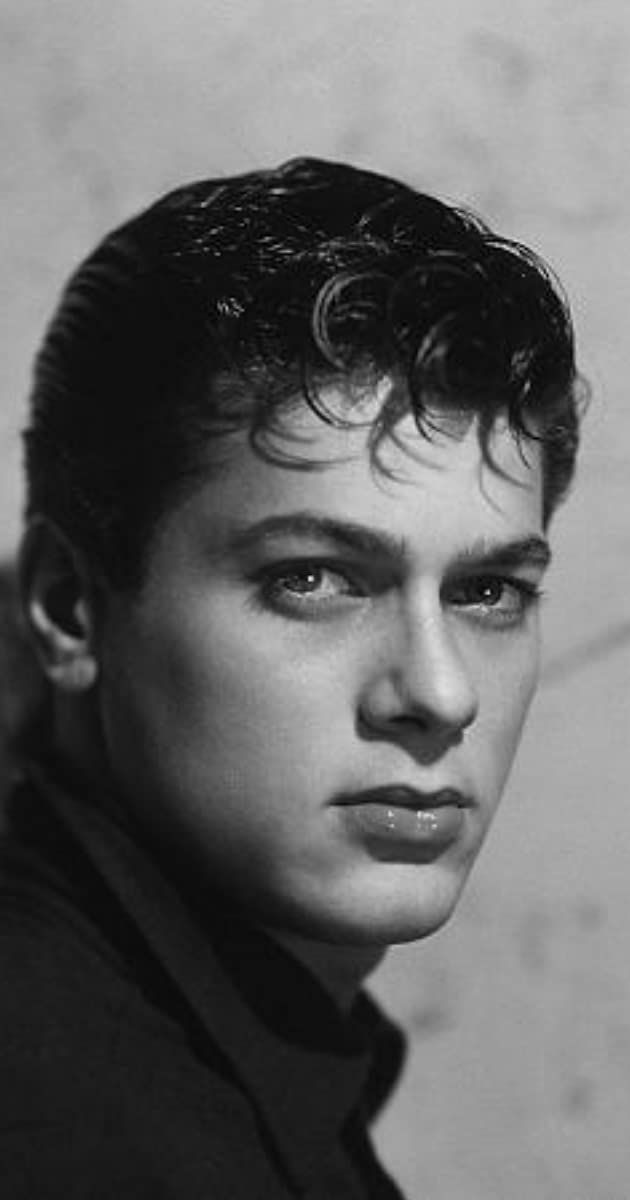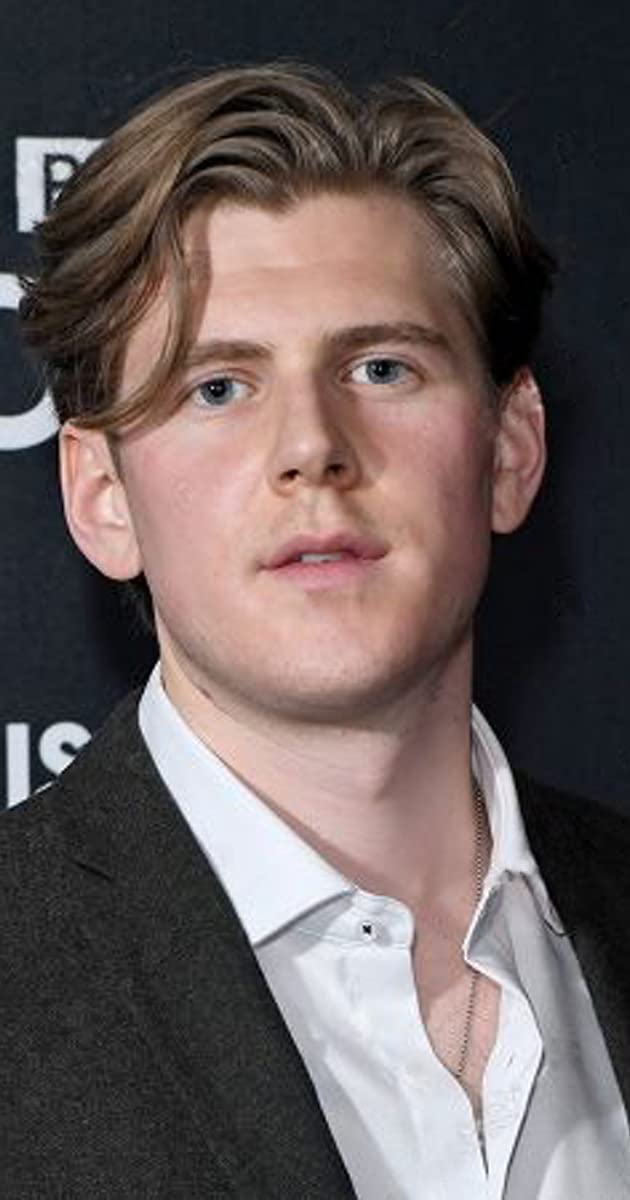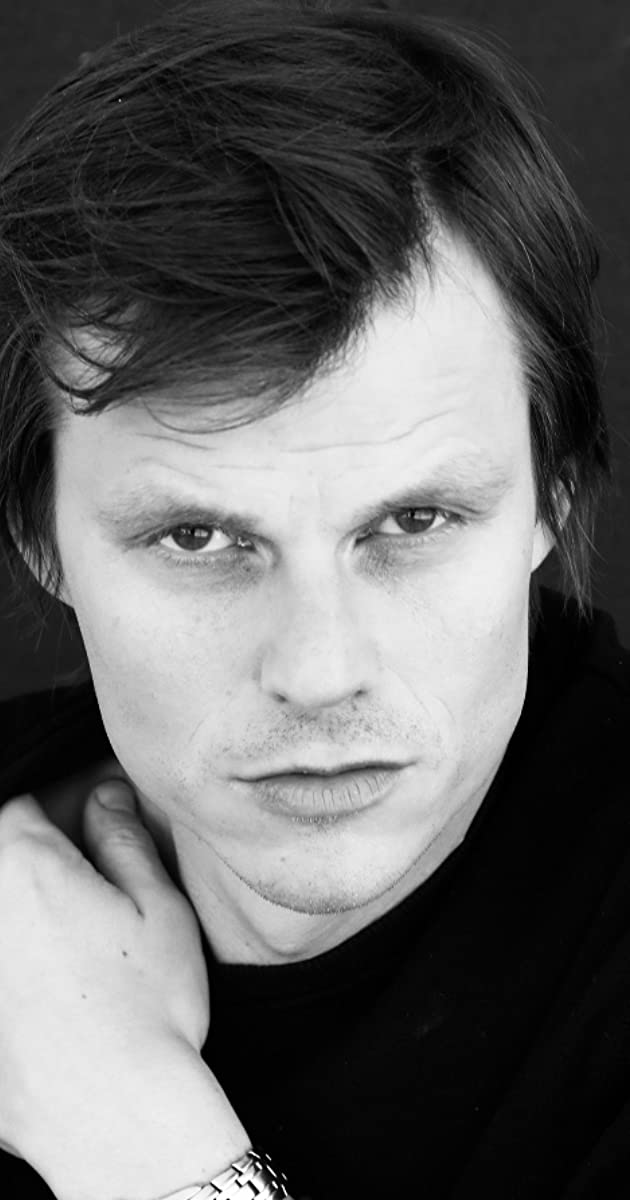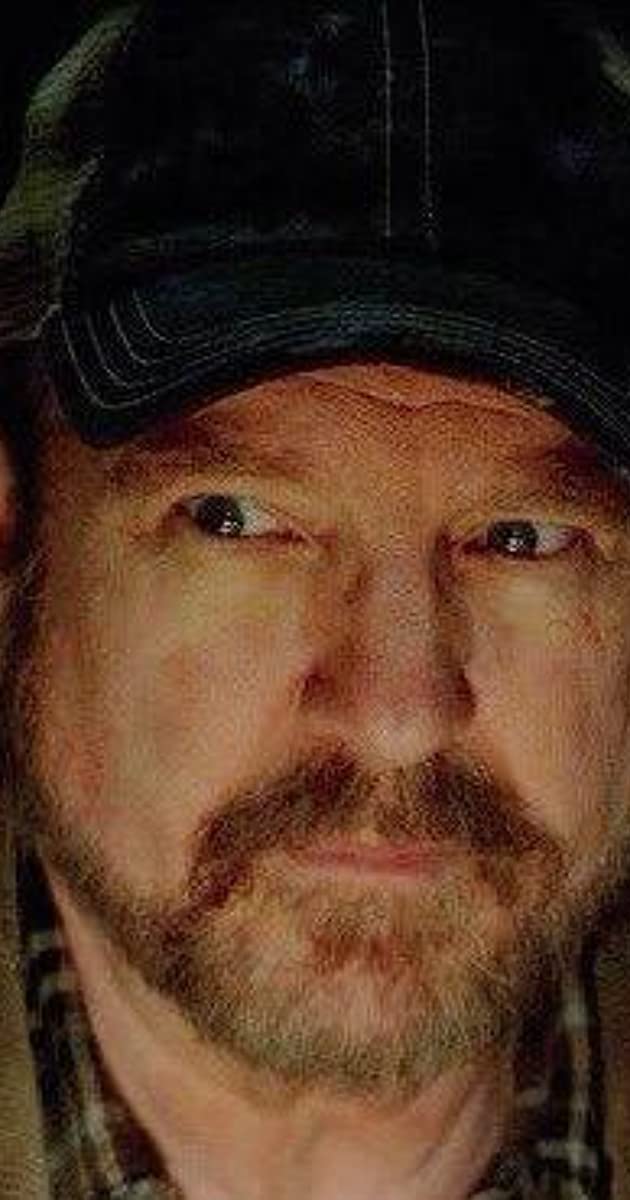
Tony Curtis was born Bernard Schwartz, the eldest of three children of Helen (Klein) and Emanuel Schwartz, Jewish immigrants from Hungary. Curtis himself admits that while he had almost no formal education, he was a student of the “school of hard knocks” and learned from a young age that the only person who ever had his back was himself, so he learned how to take care of both himself and younger brother, Julius. Curtis grew up in poverty, as his father, Emanuel, who worked as a tailor, had the sole responsibility of providing for his entire family on his meager income. This led to constant bickering between Curtis’s parents over money, and Curtis began to go to movies as a way of briefly escaping the constant worries of poverty and other family problems. The financial strain of raising two children on a meager income became so tough that in 1935, Curtis’s parents decided that their children would have a better life under the care of the state and briefly had Tony and his brother admitted to an orphanage. During this lonely time, the only companion Curtis had was his brother, Julius, and the two became inseparable as they struggled to get used to this new way of life. Weeks later, Curtis’s parents came back to reclaim custody of Tony and his brother, but by then Curtis had learned one of life’s toughest lessons: the only person you can count on is yourself.
In 1938, shortly before Tony’s Bar Mitzvah, tragedy struck when Tony lost the person most important to him when his brother, Julius, was hit by a truck and killed. After that tragedy, Curtis’s parents became convinced that a formal education was the best way Tony could avoid the same never-knowing-where-your-next-meal-is-coming-from life that they had known. However, Tony rejected this because he felt that learning about literary classics and algebra wasn’t going to advance him in life as much as some real hands-on life experience would. He was to find that real-life experience a few years later, when he enlisted in the navy in 1942. Tony spent over two years getting that life experience doing everything from working as a crewman on a submarine tender, the USS Proteus (AS-19), to honing his future craft as an actor performing as a sailor in a stage play at the Navy Signalman School in Illinois.
In 1945, Curtis was honorably discharged from the navy, and when he realized that the GI Bill would allow him to go to acting school without paying for it, he now saw that his lifelong pipe dream of being an actor might actually be achievable. Curtis auditioned for the New York Dramatic Workshop, and after being accepted on the strength of his audition piece (a scene from “Dr. Jekyll and Mr. Hyde” in pantomime), Curtis enrolled in early 1947. He then began to pay his dues by appearing in a slew of stage productions, including “Twelfth Night” and “Golden Boy”. He then connected with a small theatrical agent named Joyce Selznick, who was the niece of film producer David O. Selznick. After seeing his potential, Selznick arranged an interview for Curtis to see David O. Selznick at Universal Studios, where Curtis was offered a seven-year contract. After changing his name to what he saw as an elegant, mysterious moniker–“Tony Curtis” (named after the novel Anthony Adverse (1936) by Hervey Allen and a cousin of his named Janush Kertiz)–Curtis began making a name for himself by appearing in small, offbeat roles in small-budget productions. His first notable performance was a two-minute role in Criss Cross (1949), with Burt Lancaster, in which he makes Lancaster jealous by dancing with Yvonne De Carlo. This offbeat role resulted in Curtis’s being typecast as a heavy for the next few years, such as playing a gang member in City Across the River (1949).
Curtis continued to build up a show reel by accepting any paying job, acting in a number of bit-part roles for the next few years. It wasn’t until late 1949 that he finally got the chance to demonstrate his acting flair, when he was cast in an important role in an action western, Sierra (1950). On the strength of his performance in that movie, Curtis was finally cast in a big-budget movie, Winchester ’73 (1950). While he appears in that movie only very briefly, it was a chance for him to act alongside a Hollywood legend, James Stewart.
As his career developed, Curtis wanted to act in movies that had social relevance, ones that would challenge audiences, so he began to appear in such movies as Spartacus (1960) and The Defiant Ones (1958). He was advised against appearing as the subordinate sidekick in Spartacus (1960), playing second fiddle to the equally famous Kirk Douglas. However, Curtis saw no problem with this because the two had recently acted together in dual leading roles in The Vikings (1958).


